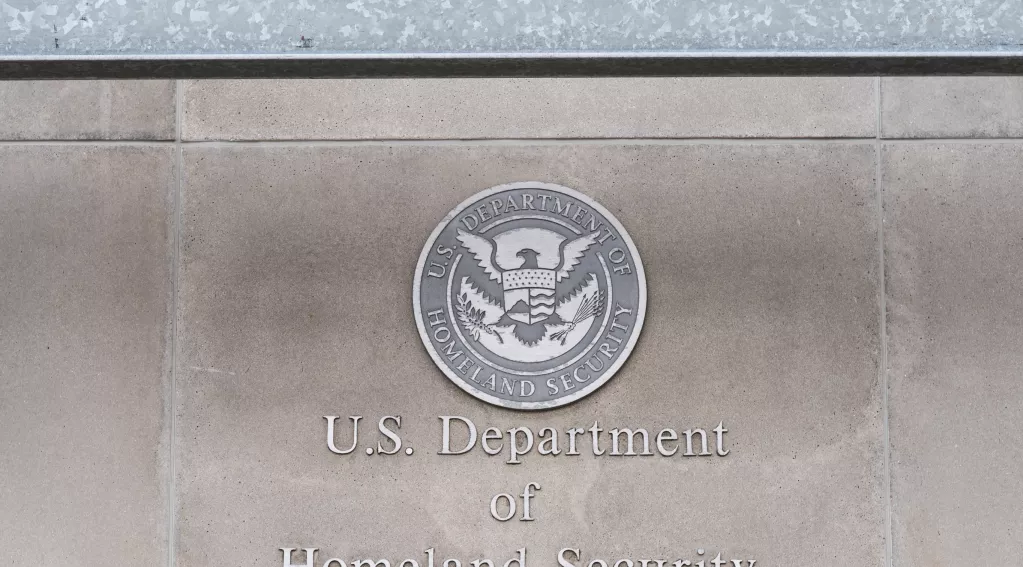Homeland Security Officials Cite Progress, But Warn Against Complacency

Jennifer G. Hickey | FAIR Take | November 2019
Senior Trump Administration officials appeared before the Senate Homeland Security and Governmental Affairs Committee to provide an update on the situation on the Southern border in the wake of this year’s unprecedented migration. Leaders from several immigration agencies, including the Department of Homeland Security (DHS), Immigration and Customs Enforcement (ICE), and Customs and Border Protection (CPB) all noted progress had been made toward stemming the border crisis, but all attested to the fact that the nation’s immigration system would be incapable of handling another migrant surge as occurred in Fiscal Year 2019.
“Although we’ve made great progress, I am here today to respectfully remind this committee and the American people that there continues to be a humanitarian crisis, and importantly, a national security crisis,” Mark Morgan, Acting Commissioner U.S. Customs and Border Protection (CBP), said in his prepared testimony.
The extent of the crisis faced by the immigration and border agencies is reflected in the record numbers of apprehensions, including arrests of criminal aliens, cases in immigration courts and illicit drugs seized at the border.
For example, in FY2019, CBP’s enforcement actions exceeded 1.1 million nationwide — a 68 percent increase over the previous year. There also was an increase in the arrests of gang members, which rose 20 percent between FY2018 and FY2019. During that period, as many as 16,000 criminal aliens were apprehended, which were “just what we caught,” added Morgan.
U.S. Customs and Immigration Services (USCIS) Acting Director Ken Cuccinelli said his agency received more than 105,000 credible fear referrals in FY2019, which marked a new record high and more than double the 51,000 claims made during the last migrant surge in FY 2014.
Although a record high, Chairman Ron Johnson (R-WI) pressed the panel for an explanation of why that figure was so small given the unprecedented number of family units encountered at the border. CBP’s Morgan said that nearly three-fourths of the 473,682 aliens who arrived at the border as part of family units never made claims of asylum but were nonetheless released.
“The result was the large majority of families who illegally crossed the border are now illegally present in the U.S. That is pretty noteworthy. I mean, I want people to understand that. We just let people in. They didn’t even have to claim that unbelievably low standard,” remarked Johnson as the hearing neared its end.
The record number of apprehensions in FY2019 directly impacted other agencies, specifically the Justice Department’s Executive Office for Immigration Review (EOIR). James McHenry, the director of the office responsible for adjudicating immigration cases, told the committee EOIR has made significant changes internally by hiring more judges, expediting case completion and increasing judicial productivity.
However, he added, their continued increase in its caseload was being “driven largely by external factors, including increased numbers of asylum claims in immigration proceedings” and heightened law enforcement efforts by the Department of Homeland Security (DHS).
In FY2019, DHS filed more than 443,000 new cases with the immigration courts – the largest number in one year in its history – and there were more than 200,000 asylum applications in FY 2019, which represents the highest total ever.
The increase in applications, however, did not yield more approvals. In fact, only 20 percent of asylum applications were granted in FY 2019, compared to nearly 25 percent in FY 2013. The low success rate, in part, explains why so many final orders of removal have been issued to individuals in absentia.
Derek N. Benner, ICE’s Acting Deputy Director, told the panel that of the 22,096 orders of removal issued to aliens from September 2018 through September 2019, 18,166 of those orders were issued in absentia after the aliens failed to appear.
Indicative of the inhumanity of the human traffickers, Benner said CBP was facing at the height of the crisis a spike in children being “recycled,” which means they are brought to the border by adults posing as their parents and then returned to Mexico to return once again with a different adult. Last year, CBP identified more than 600 such cases, including some children who had made as many as eight visits to the border with different adults.
Looking forward, the officials stressed the need for a “surge capacity” so that there are adequate numbers of detention beds and facilities, immigration judges and funding levels to cope when another spike inevitably occurs.
